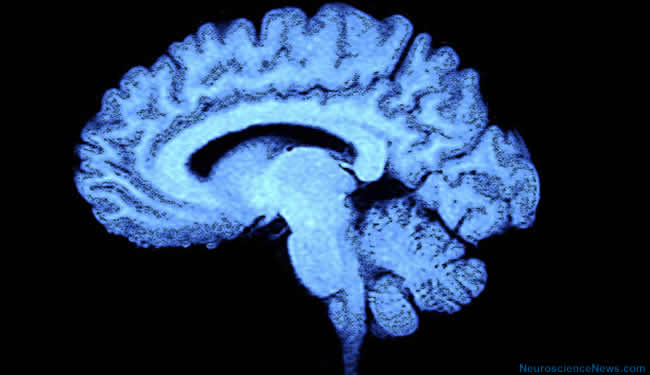UK scientists have made a breakthrough in a new method of brain tumor diagnosis, offering hope to tens of thousands of people.
Researchers, led by Professor Francis Martin of Lancaster Environment Centre at Lancaster University, have shown that infrared and Raman spectroscopy – coupled with statistical analysis – can be used to tell the difference between normal brain tissue and the different tumor types that may arise in this tissue, based on its individual biochemical-cell ‘fingerprint’.
Spectroscopy is a technique that allows us to analyse light interactions with samples such as tissue by generating a spectrum, which is a reflection of the interrogated sample.
Currently, when surgeons are operating to remove a brain tumor it can be difficult to spot where the tumor ends and normal tissue begins.
But new research published online in Analytical Methods this month has shown it is possible to spot the difference between diseased and normal tissue using Raman spectroscopy – a type of spectroscopy which works effectively on living tissue, giving accurate results in seconds.

This is a key development which means it is now theoretically possible to test living tissue during surgery, helping doctors to remove the complete tumor whilst preserving intact adjacent healthy tissue.
The fingerprinting technique was also able to identify whether the tumors arose in the brain or whether they were secondary cancers arising from an unknown primary site. This is a key development which could help reveal previously undetected cancer elsewhere in the body, improving patient outcomes.
Professor Francis Martin said: “These are really exciting developments which could lead to significant improvements for individual patients diagnosed with brain tumors. We and other research teams are now working towards a sensor which can be used during brain surgery to give surgeons precise information about the tumor and tissue type that they are operating on.”
The information obtained by this method can be combined with conventional methods, for example immunohistochemistry, to diagnose and grade brain tumors to allow for more accurate planning and execution of surgery and/or radiation therapy. This offers more potential for individualised treatment and better long-term survival.
Notes about this brain tumor research
Contact: Lancaster University
Source: Lancaster University news release
Image Source: Brain image adapted from news release above.
Original Research: Abstract for “Diagnostic segregation of human brain tumours using Fourier-transform infrared and/or Raman spectroscopy coupled with discriminant analysis” by Ketan Gajjar, Lara D. Heppenstall, Weiyi Pang, Katherine M. Ashton, Júlio Trevisan, Imran I. Patel, Valon Llabjani, Helen F. Stringfellow, Pierre L. Martin-Hirsch, Timothy Dawson and Francis L. Martin in Analytical Methods online 6 September 2012 doi: 10.1039/c2ay25544h








